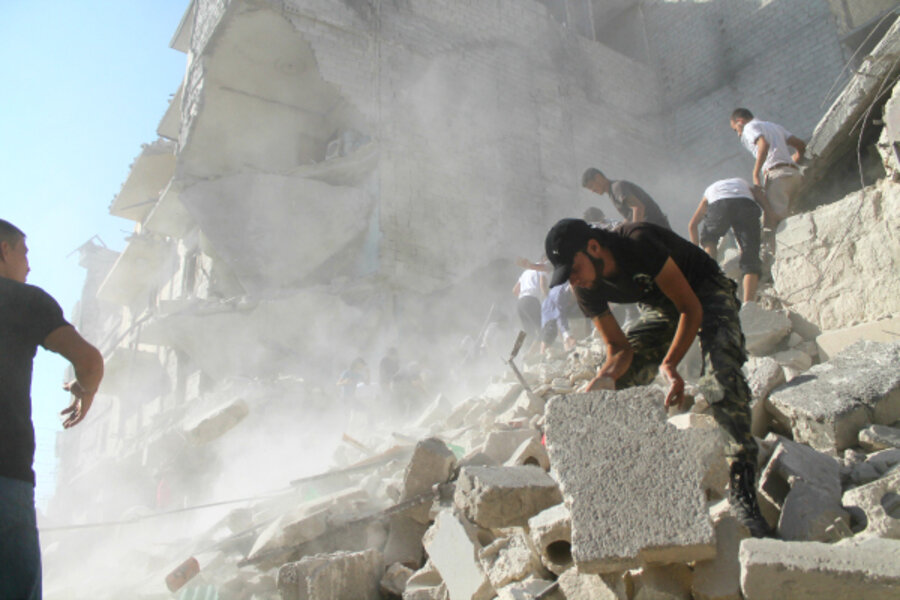Satellite images of Syria help a nonprofit gather data, keep witnesses safe
Loading...
Amnesty International is using satellite imagery to document destruction and displacement caused by the deadly conflict in Syria.
Working with the American Association for the Advancement of Science, the organization analyzed satellite images taken over the past year of Aleppo, Syria’s largest city and the site of a long-running battle between the government and rebel forces.
The study found hundreds of damaged or destroyed buildings, disproportionately in opposition-held neighborhoods, and a proliferation of roadblocks, with more than 1,000 visible in imagery from late May.
Earlier satellite projects focused on the Syrian cities of Homs and Hama and on documenting the growth of makeshift camps of displaced people near the Turkish border.
Satellite imagery allows the organization to gather critical data quickly and without putting witnesses or researchers in danger, says Scott Edwards, project manager for Amnesty’s Science for Human Rights project. He says the organization will continue to use multiple channels to collect information about abuses.
Satellite imagery of Syria shows damaged or destroyed buildings and a growing number of roadblocks and camps for displaced people.
“In many ways, Syria has become one very large crime scene,” he says. “Actors on the ground should be aware that there are satellites overhead and a wealth of video evidence emanating out of the country.”
• This article originally appeared on the website of The Chronicle of Philanthropy.





